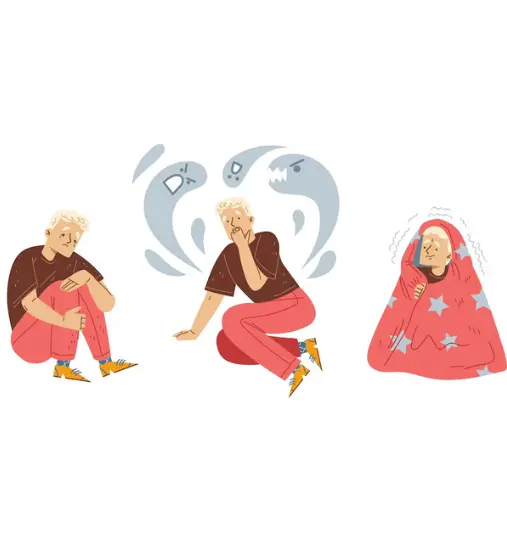
Comprehending Phobias and Managing Them
Phobias are a type of anxiety disorder characterised by an intense and irrational fear of specific objects, situations, or activities. These fears are typically excessive and disproportionate to any actual threat posed by the feared stimulus. Phobias can vary widely in terms of the objects or situations that trigger them, and they can significantly impact a person's daily life, often leading to avoidance behaviours and significant distress.
With Phobias Therapy you can :
- Improve Focus and Concentration
- Increased Self-Esteem
- Enhanced Emotional Regulation
- Effective Coping Strategies
- Improved Relationships

Embrace Ease, Release Fear: Paranoia Therapy for a Balanced Life.
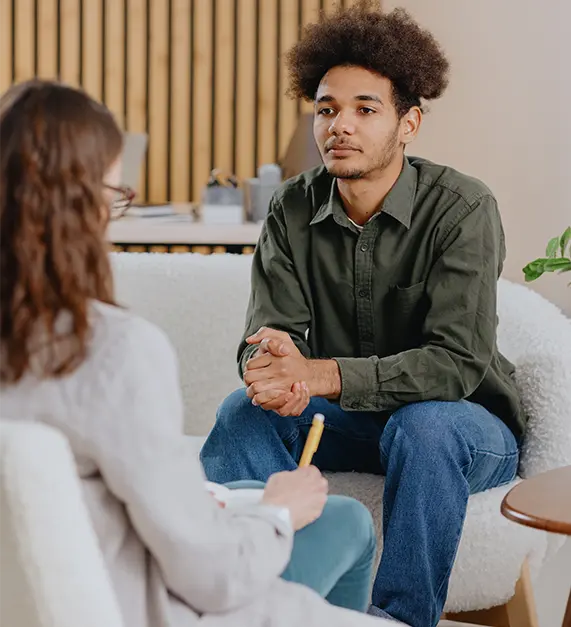
Professional Psychology Therapy You Can Choose
-

Select a Counselor
Select one of the highly qualified,verified and experienced counselors or nutritionists.
-

Book an Appointment
Schedule an appointment that best suits you.
-

Start Your Session
When it is time, start your journey from the comfort of your own home.
What Our Patients are Saying
Latest News & Blogs
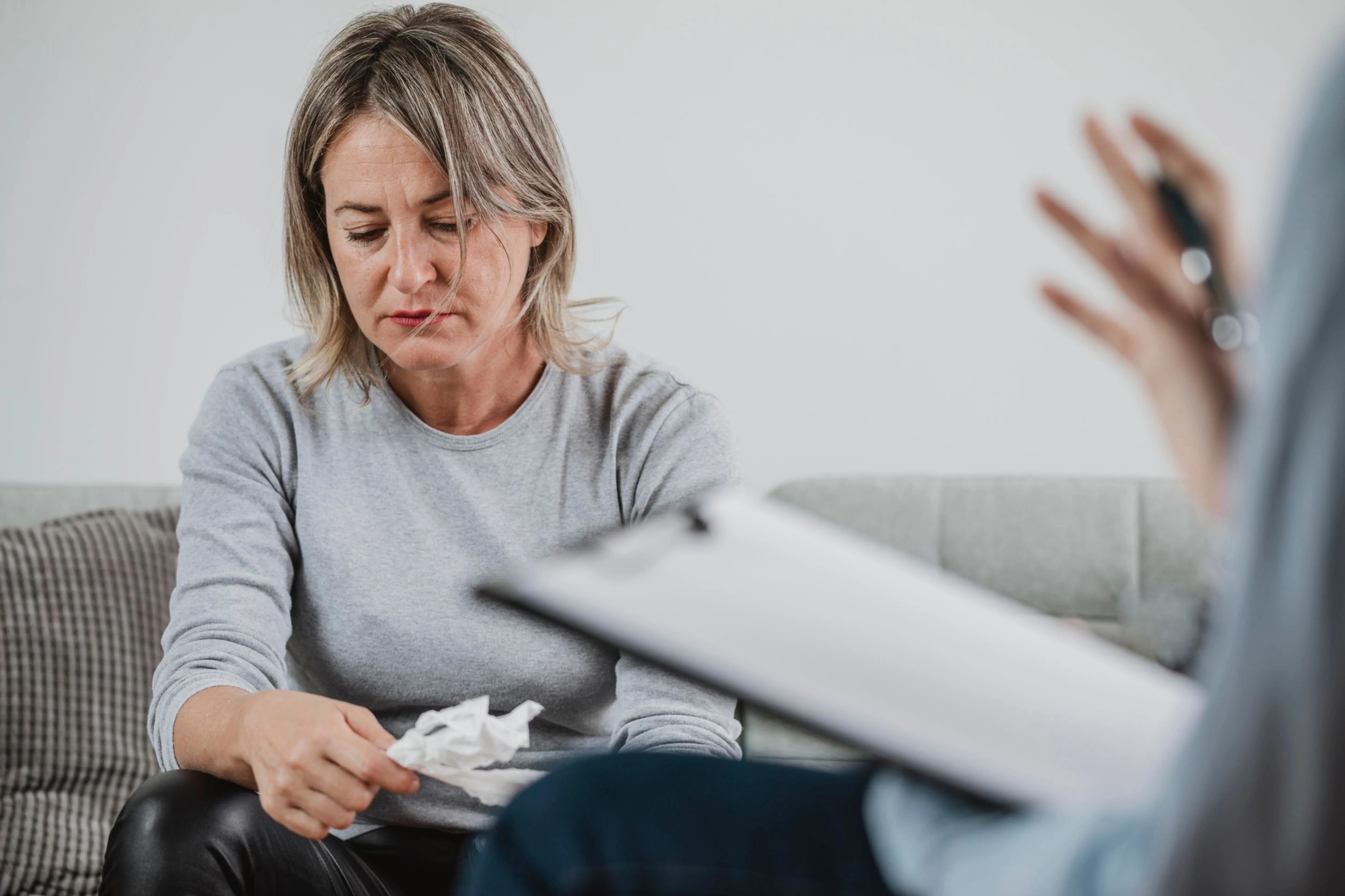
ADHD And Menopause
Navigating the intersection of ADHD and menopause unveils a labyrinth of challenges and shared experiences....
Read More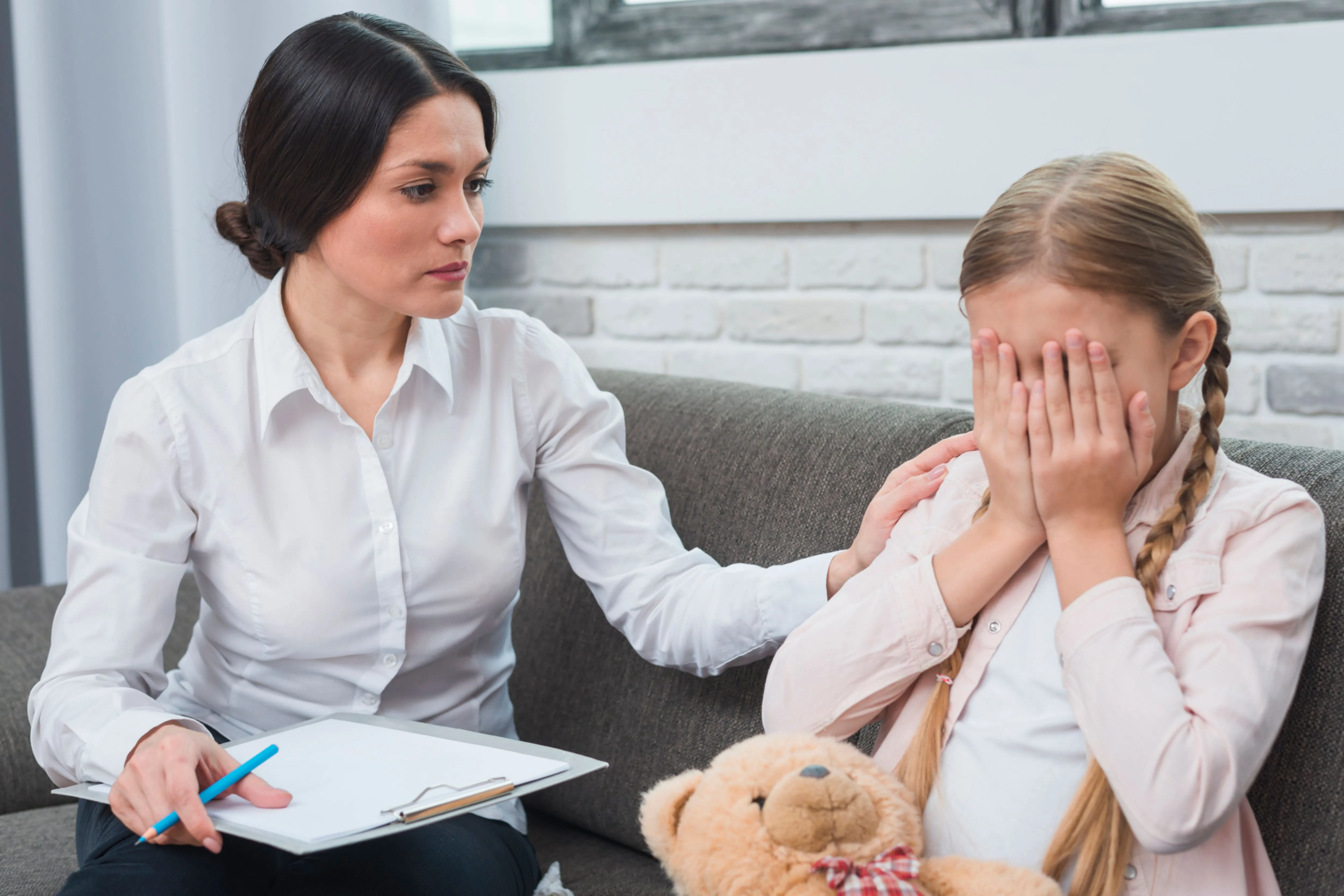
ADHD And Childhood Trauma
ADHD and childhood trauma are two common and serious conditions that can affect...
Read More
Coping with ADHD
The neurodevelopmental condition, that sometimes occurs along with aphantasia ADHD , makes it challenging...
Read More
Signs of ADHD
ADHD is not as uncommon and the first step in this journey of self-discovery and power is identifying these telltale signs...
Read More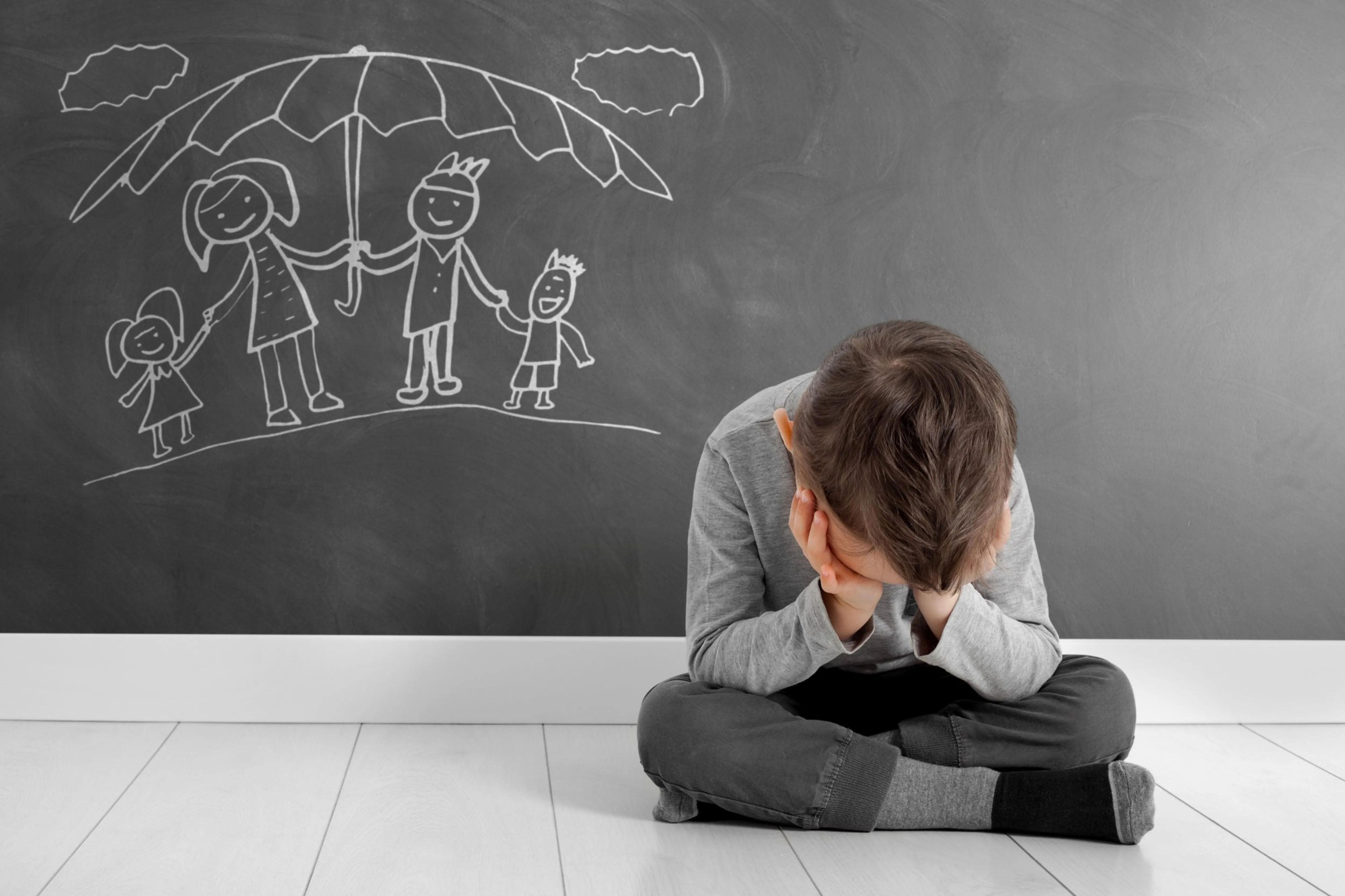
ADHD And Childhood Trauma
ADHD and childhood trauma are two common and serious conditions that can affect your...
Read More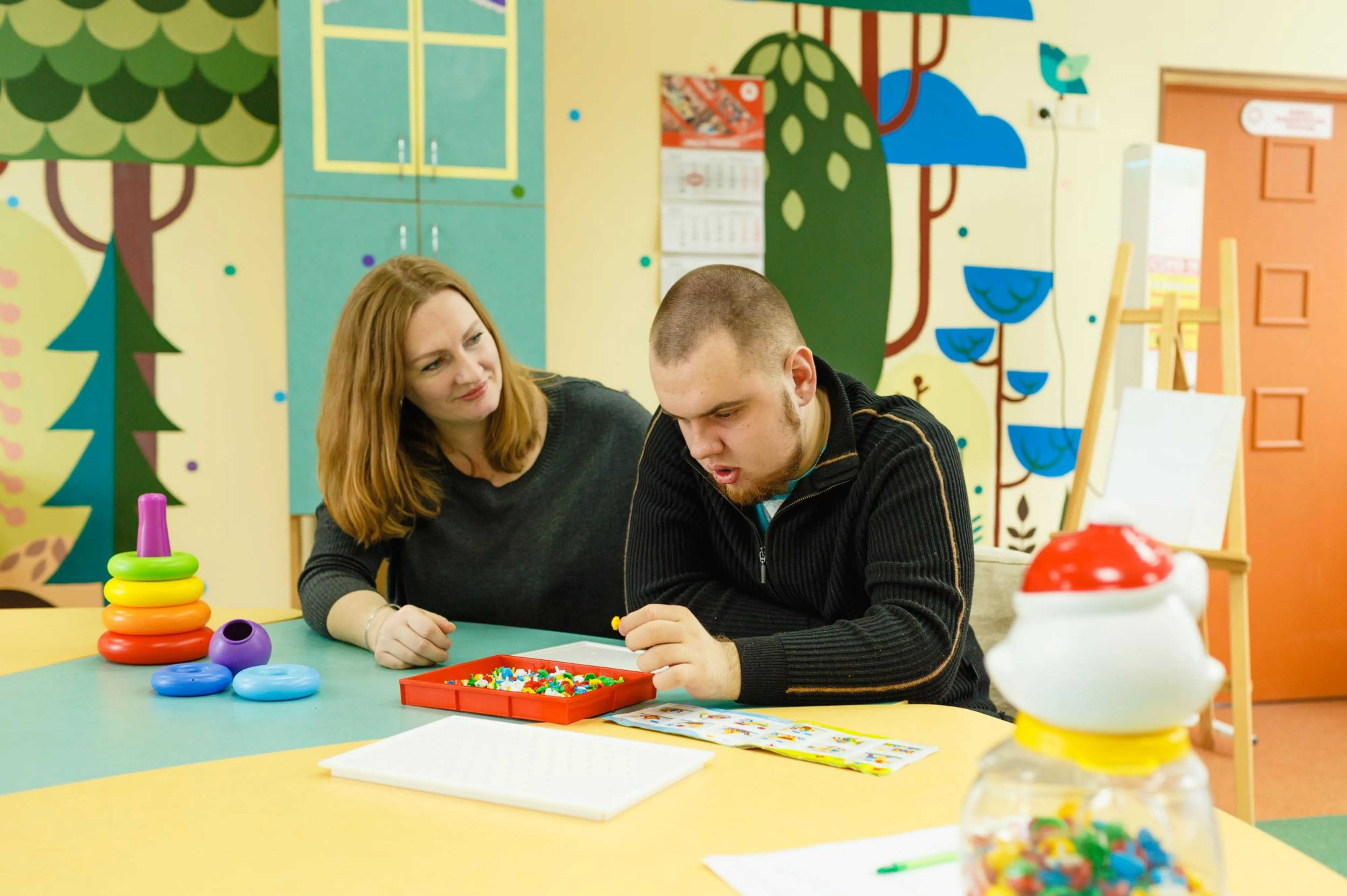
ADHD and Autism
The link between ADHD and Autism might have been in your mind at one time or another. However, ..
Read More
Inattentive ADHD In Women
Inattentive ADHD in women often appears less noticeable, typically merging seamlessly into their life...
Read More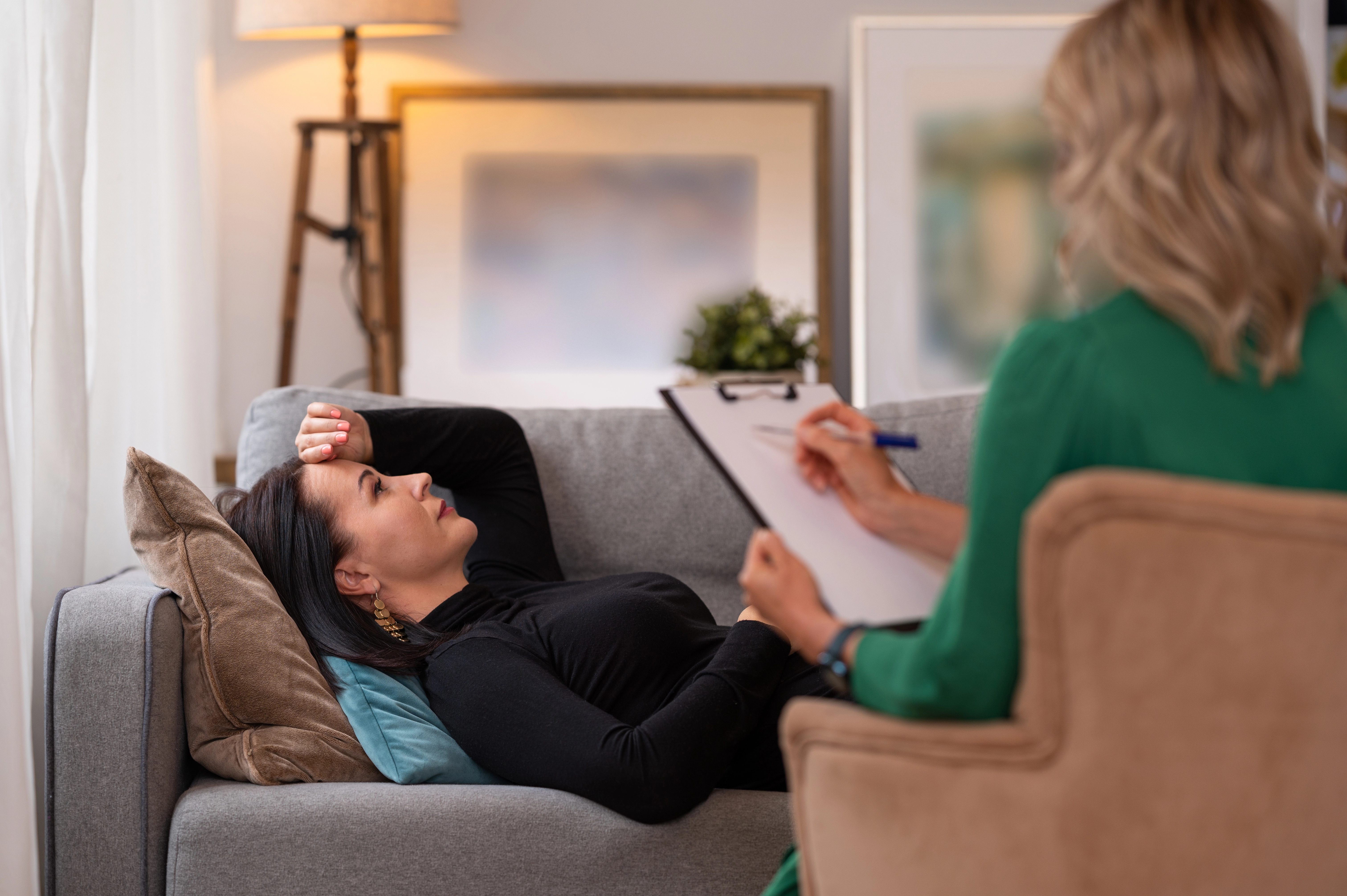
Bipolar Disorder And ADHD
Navigating the maze of Bipolar Disorder and ADHD can feel like deciphering overlapping puzzles within oneself...
Read More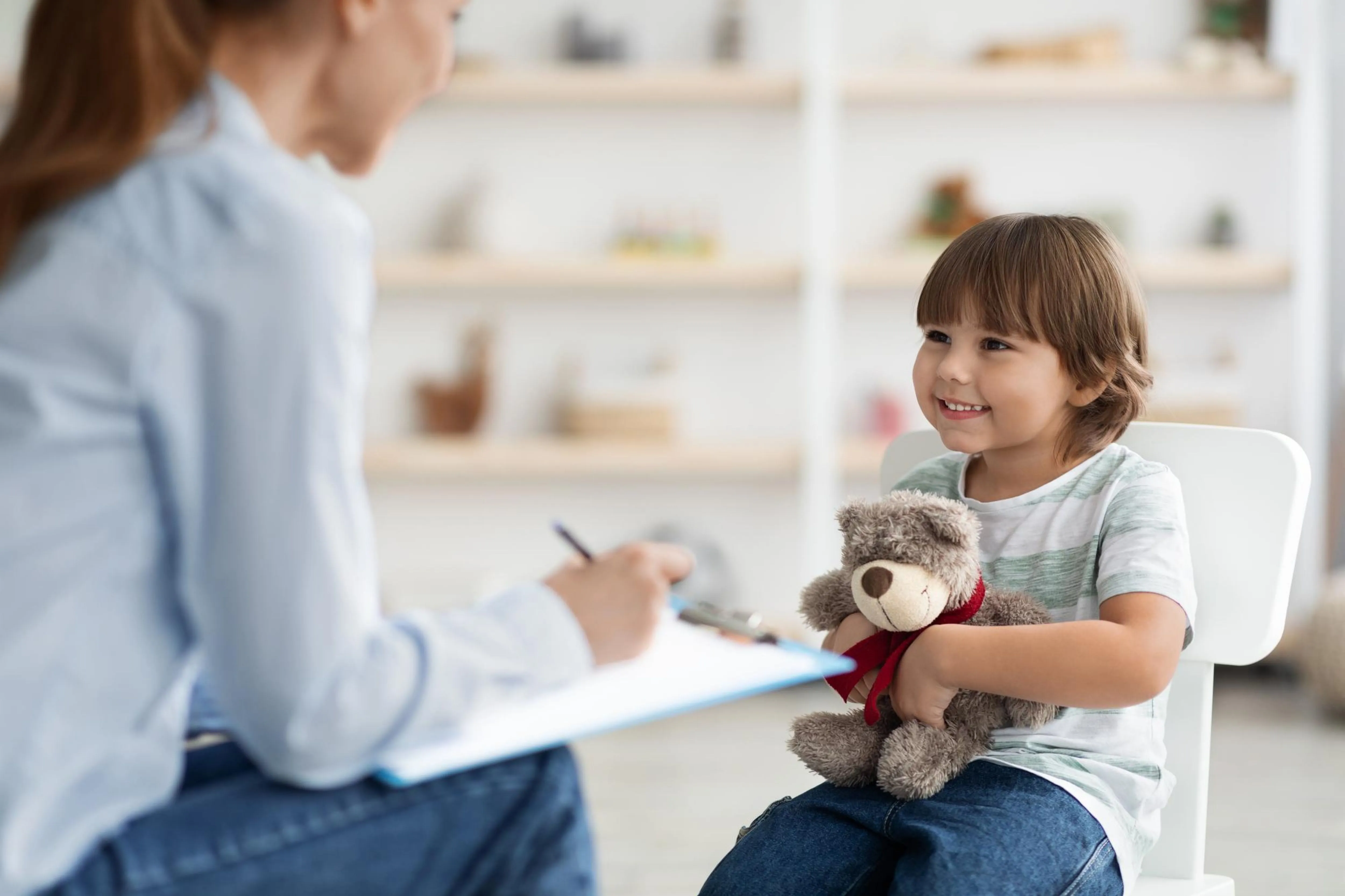
Signs of ADHD in Toddler
You might as well have questions regarding the odd behavior your little one displays while in the toddler stage...
Read More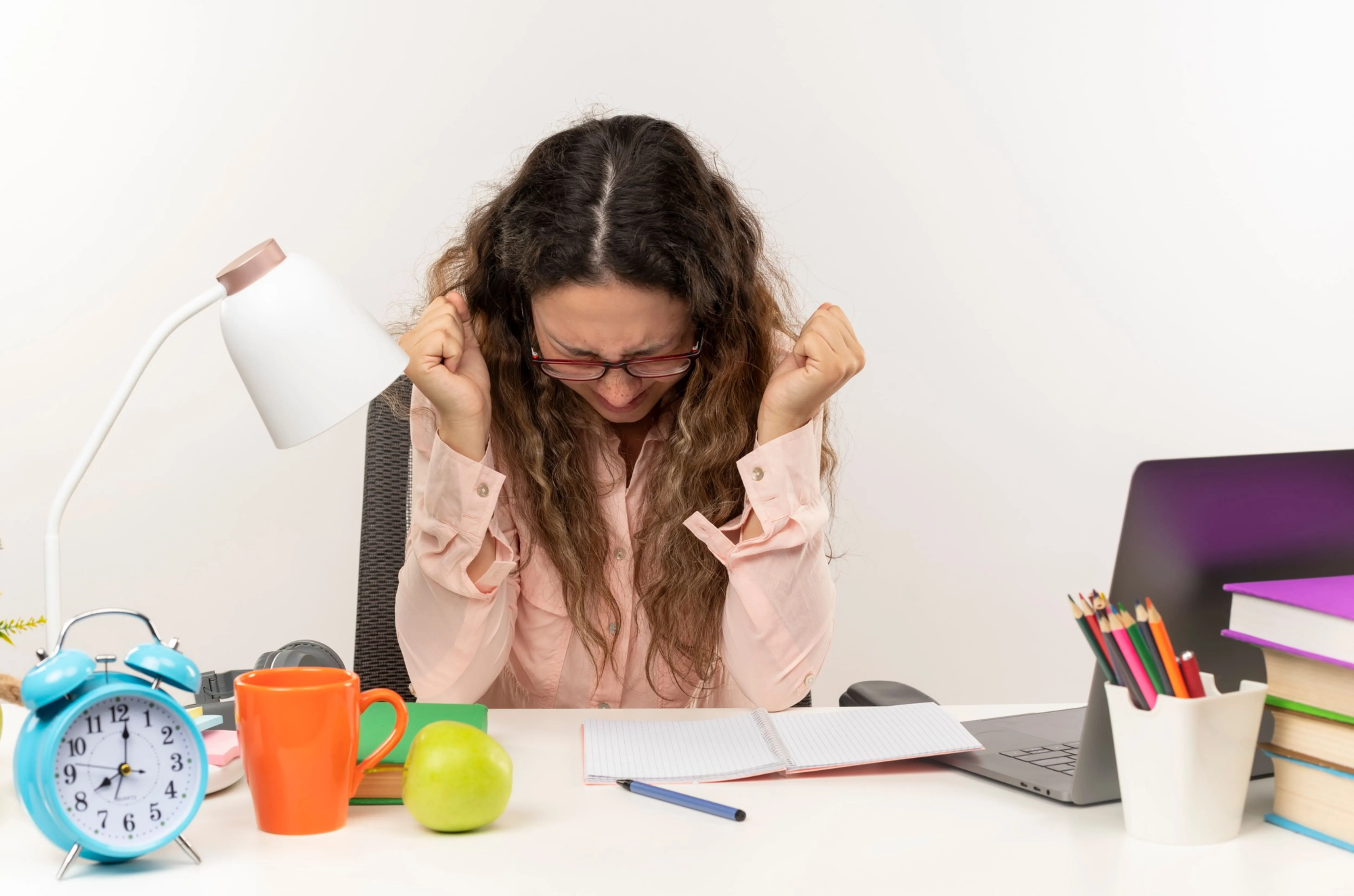
Hyperfocus ADHD
ADHD and hyperfocus can block out the noise and concentrate on one task with laser-focused attention...
Read More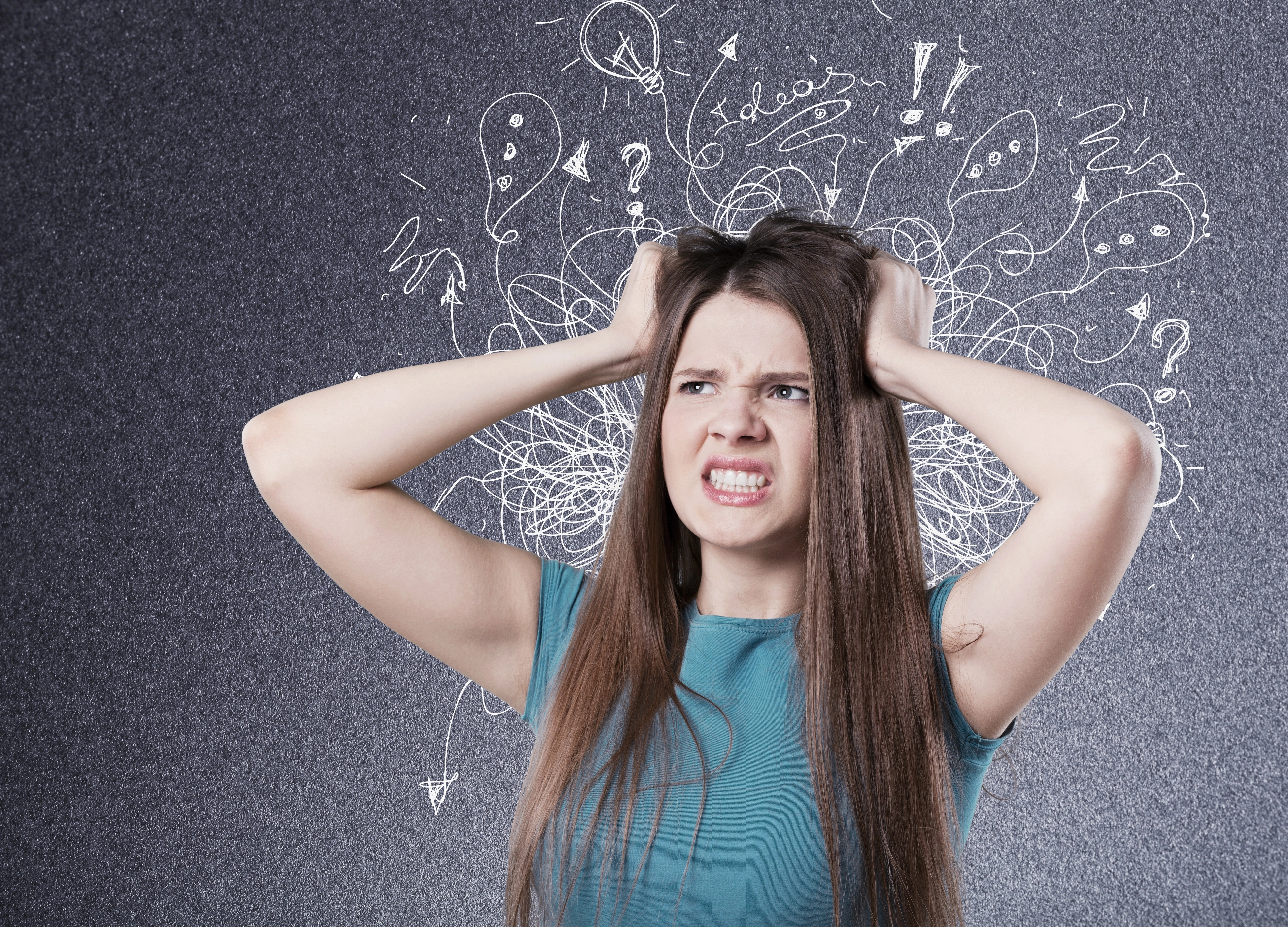
ADHD And Depression
Understanding your ADHD brain and its connection to depression is the first step towards healing your inner...
Read More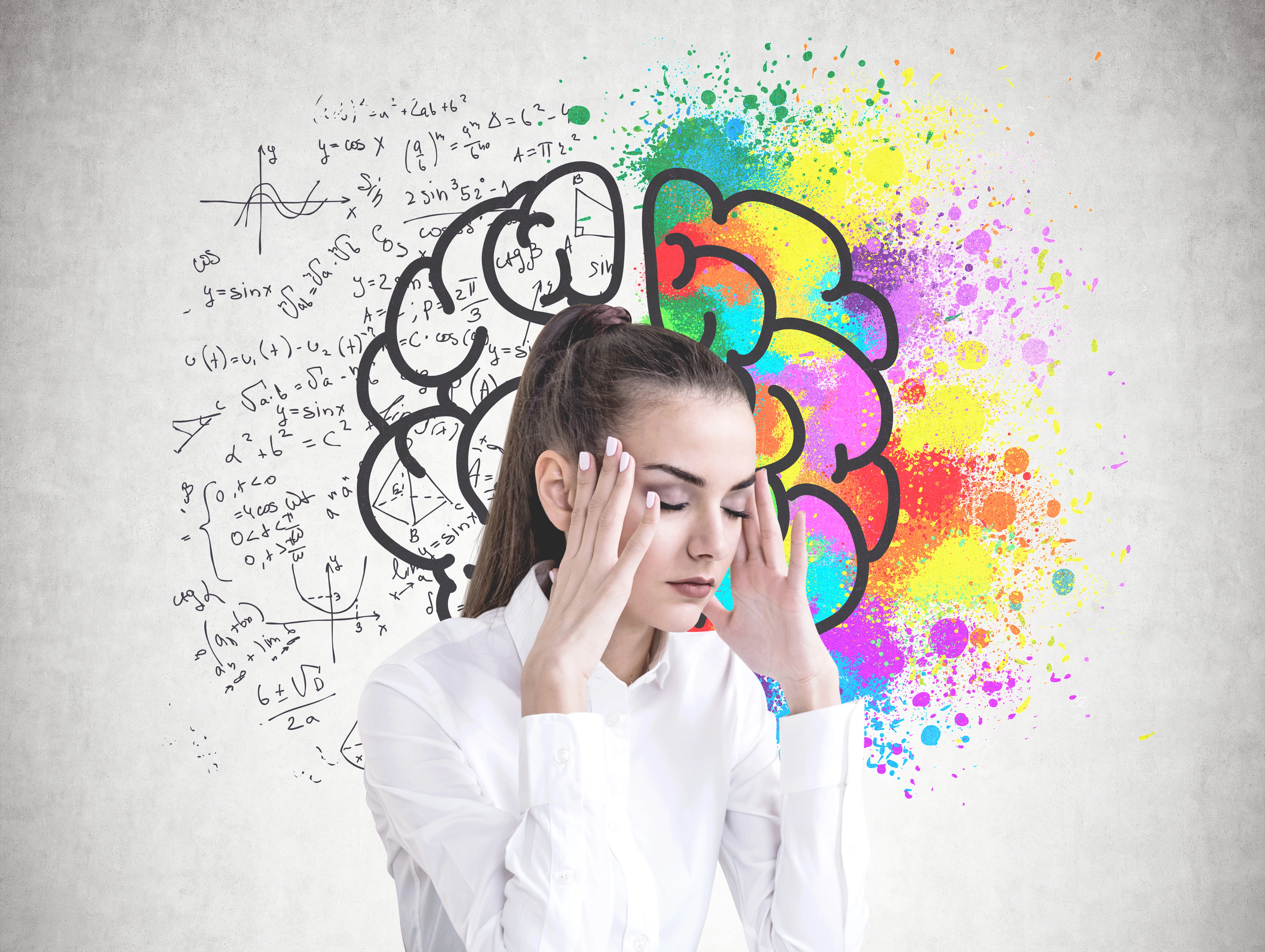
ADHD Brain
ADHD brains can be difficult to manage but can also be a source of great strength and creativity.Individuals can thrive...
Read More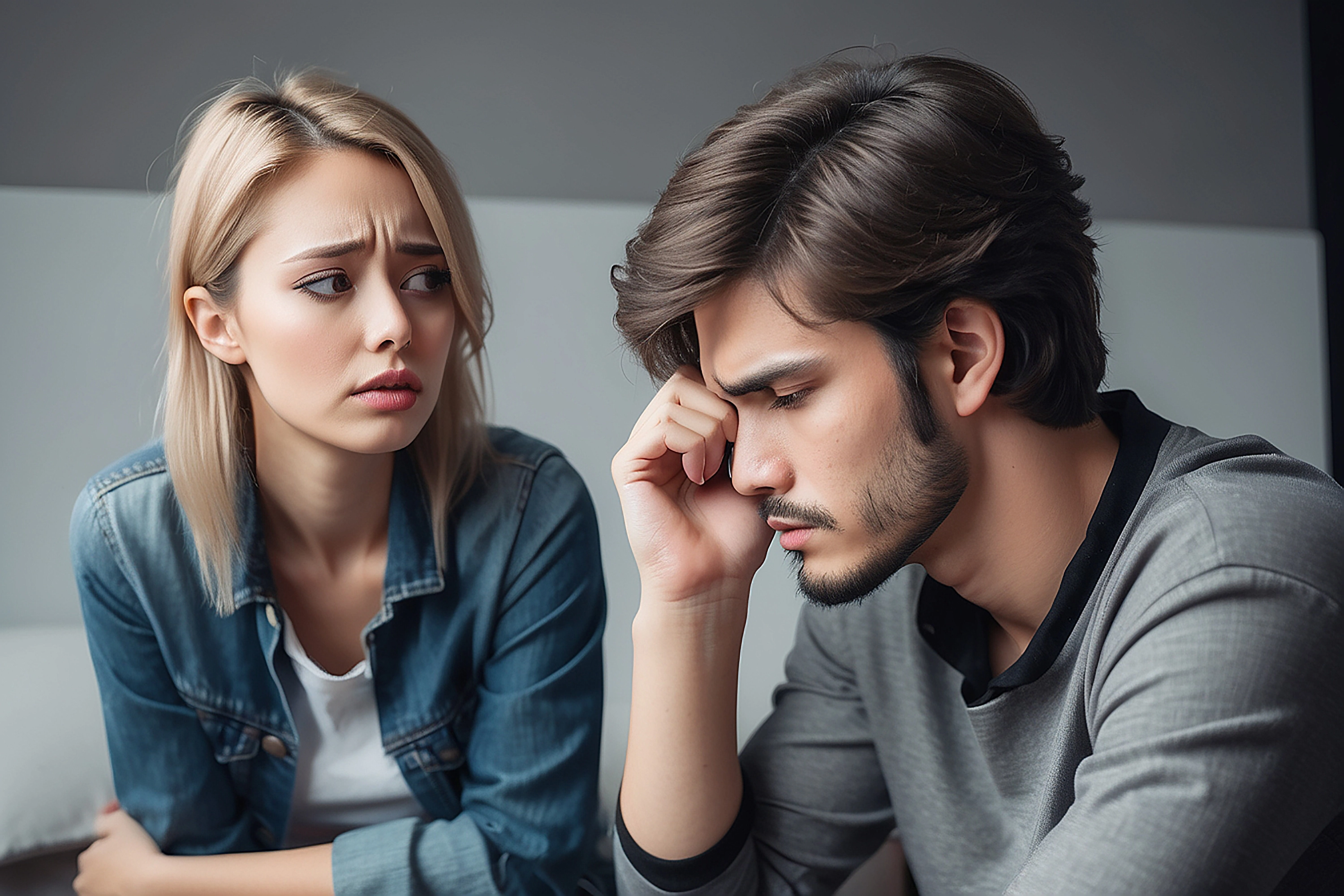
Living With Someone With ADHD
Living with a partner or loved one with ADHD brings forth a myriad of challenges that ripple through daily life.....
Read More
ADHD In Teens
ADHD symptoms in teenagers can manifest themselves in a variety of ways, affecting their academic, social, and personal....
Read MorePhobias Counseling
Types of Phobias
There are three main types of phobias:
Specific Phobias: These involve a fear of a particular object or situation, such as heights (acrophobia), spiders (arachnophobia), flying (aviophobia), or enclosed spaces (claustrophobia). People with specific phobias may go to great lengths to avoid the object of their fear, which can interfere with their ability to function in daily life.
Social Phobia (Social Anxiety Disorder): This involves an intense fear of social situations or scrutiny by others. People with social phobia may fear embarrassment, humiliation, or rejection in social settings, leading them to avoid social interactions or situations where they feel they may be judged.
Agoraphobia: This involves a fear of situations or places where escape might be difficult or help might not be available in the event of a panic attack or other anxiety symptoms. People with agoraphobia may avoid crowded places, public transportation, or leaving their homes altogether.
Loneliness itself isn't typically categorised as a phobia, as phobias generally involve specific fears or anxieties about objects, situations, or activities. However, loneliness can be a significant issue for individuals struggling with phobias, especially if their fears lead to avoidance behaviours that isolate them from social interactions and support networks.
A person's day-to-day existence can be greatly affected by phobias, which are extreme and unreasonable worries. This article seeks to offer a thorough grasp of phobias by delving into its characteristics, classifications, and the life-changing impact of therapy in conquering these crippling concerns.
The Nature of Fear: What Are Phobias? Symptoms of Phobias
Phobias can manifest with a variety of symptoms, both psychological and physical. The specific symptoms can vary depending on the individual and the type of phobia they're experiencing. Here are some common symptoms associated with phobias:
Intense Fear or Anxiety: Phobias typically involve an overwhelming and irrational fear of a specific object, situation, or activity. This fear is often disproportionate to any actual danger posed by the phobic stimulus.
Avoidance Behaviour: People with phobias often go to great lengths to avoid the object or situation that triggers their fear. This can interfere with daily life and may lead to significant disruption in work, school, or social activities.
Physical Symptoms: Exposure to the phobic stimulus can elicit physical reactions, such as sweating, trembling, rapid heartbeat, shortness of breath, dizziness, nausea, or even a full-blown panic attack.
Cognitive Symptoms: Phobias can also cause cognitive symptoms such as intrusive thoughts, difficulty concentrating, feeling detached from reality, or a sense of impending doom.
Psychological Distress: Individuals with phobias may experience significant psychological distress, including feelings of helplessness, shame, or embarrassment about their fear.
Impact on Daily Life: Phobias can significantly impact a person's quality of life, leading to difficulties in relationships, decreased productivity, and social isolation.
Phobias can develop as a result of various factors, including genetics, learned behaviours, and traumatic experiences. While many people experience fears, phobias are distinguished by the intensity of the fear and the extent to which it interferes with daily life.
Causes and Effects of Phobias
Understanding the causes and effects of phobias is essential for developing effective interventions and treatments to help individuals manage their symptoms and improve their quality of life. Therapy, medication, and other coping strategies can be valuable tools in addressing phobias and reducing their impact on daily functioning.
Causes of Phobias:
- Genetics: There may be a genetic predisposition to developing phobias. Research suggests that individuals with a family history of anxiety disorders, including phobias, may be at a higher risk of developing them themselves.
- Learned Behaviour: Phobias can also be learned through experiences or observations. For example, if a person witnesses someone close to them reacting fearfully to a specific object or situation, they may develop a similar fear response.
- Traumatic Experiences: Phobias can sometimes stem from a traumatic experience associated with a specific object or situation. For instance, someone who experiences a traumatic event involving a dog may develop a phobia of dogs (cynophobia).
- Neurobiology: Differences in brain structure and function, as well as neurotransmitter imbalances, may contribute to the development of phobias. Certain regions of the brain, such as the amygdala, which is involved in fear processing, may be hyperactive in individuals with phobias.
Effects of Phobias:
- Emotional Distress: Phobias can cause significant emotional distress, including anxiety, fear, and panic attacks. The anticipation of encountering the feared object or situation can lead to persistent worry and preoccupation.
- Avoidance Behaviour: One of the primary effects of phobias is avoidance. Individuals may go to great lengths to avoid the object or situation that triggers their fear. This avoidance behaviour can interfere with daily activities, relationships, and social interactions.
- Impact on Daily Life: Phobias can significantly impact a person's quality of life by limiting their ability to engage in activities they enjoy or participate in necessary tasks. For example, someone with a fear of flying may avoid travelling or attending events that require air travel.
- Physical Symptoms: Exposure to the phobic stimulus can elicit physical symptoms such as sweating, trembling, rapid heartbeat, shortness of breath, dizziness, or nausea. In severe cases, individuals may experience full-blown panic attacks.
- Social Isolation: Phobias, especially social phobia, can lead to social isolation and withdrawal. Individuals may avoid social situations or interactions due to fear of judgement or embarrassment, which can further exacerbate feelings of loneliness and isolation.
- Impaired Functioning: Phobias can impair overall functioning in various areas of life, including work, school, and relationships. Behaviour problems, addiction, and low self esteem may hinder academic or career progress and strain interpersonal relationships.
Discovering the Origins of Fear: A Guide to Overcoming Phobias
To make sense of phobias, one must identify and address the underlying causes of the extreme emotions that characterise them. What follows is an examination of the biological, experiential, and psychological elements that play a role in the onset and maintenance of phobias. Psychological factors such as conditioning, acquired habits, or painful events might contribute to the development of phobias. Some examples of experiential influences include traumatic events experienced as a youngster or seeing the terrified emotions of others. What makes some people more vulnerable to phobias than others are biological components, such as their genes and the way their brain works.
Individuals can get a deeper understanding of their phobias and the elements that trigger them in therapy, which opens the door to successful management. Without managing phobias, one can slowly find themselves in depression and anxiety, as well as the stress resulting from phobia.
The Journey Through Therapy for Phobias
Individuals undergoing phobia therapy go on a life-altering path that equips them to face and conquer their phobias. We will look at some of the therapy methods that have helped people overcome their fears, become more resilient, and feel more in control of their lives.
One well-known and scientifically-backed method for dealing with phobias is cognitive behavioural therapy, or CBT. By systematically desensitising patients to their fearful stimuli, cognitive behavioural therapy (CBT) aids in the identification and correction of illogical ideas. With repeated exposure, people are able to develop a tolerance and eventually feel less anxious. Help for phobias can go from behaviour therapy for phobias to psychotherapy.
One part of cognitive behavioural therapy (CBT) is exposure therapy, which is exposing oneself to one's fears in a safe and controlled setting. During these exposures, therapists help clients develop coping mechanisms and offer emotional support.
A novel method, VR Exposure Therapy (VRET) uses VR technology to create realistic scenarios that a person fears, so they may face their fears in a safe and controlled environment. In cases such as flying fear therapy and flight phobia therapy, this method can be helpful.
Is Therapy Effective for Phobias? How to Overcome Fear and Gain Control
Treatment may be a life-changing tool for people struggling with phobias. In therapy, people are able to work together in a safe environment to identify and address the underlying causes of their fears, learn new ways to cope, and eventually face their phobias head-on.
In therapy, clients feel secure enough to open up and trust their therapists because of the accepting and encouraging atmosphere they create. People can learn to confront their fears, reframe their thinking, and question illogical beliefs via guided investigation and specific treatments.
Psychological well-being, self-assurance, and freedom from unreasonable concerns are the overarching goals of phobia therapy, not merely the alleviation of symptoms.
The Licensed Therapists at TimeToBetter Can Help
In this part, we will go over some of the ways in which TimeToBetter may help those who are struggling with phobias and other concerns. From family therapy to self harm help, TimeToBetter is here to counsel you on your mental health journey.
Individuals may book appointments, view therapist profiles, and have access to other resources that support their well-being through TimeToBetter's intuitive interface. By providing tools, the site goes above and beyond traditional treatment to provide a comprehensive and encouraging space for people to overcome their phobias.
Individuals can find experts committed to helping them overcome their fears when they make contact with TimeToBetter's licensed therapists. When people use the platform to get advice, support, and solutions backed by research, it becomes a powerful ally in their fight against fear.
Treatment can help with phobias. With the help of trained therapists who focus on treating phobias, it is possible to gain insight into, face, and ultimately conquer one's anxieties. With the help of TimeToBetter, people may take control of their lives again, unencumbered by unreasonable concerns. You can get help with TimeToBetter on a wide range of topics, including trauma, any form of emotional abuse, and even anger management that can result from phobias. Sometimes, it can be hard to get help when you have undiagnosed problems such as an eating disorder, but taking the first step is no problem with TimeToBetter.
,



